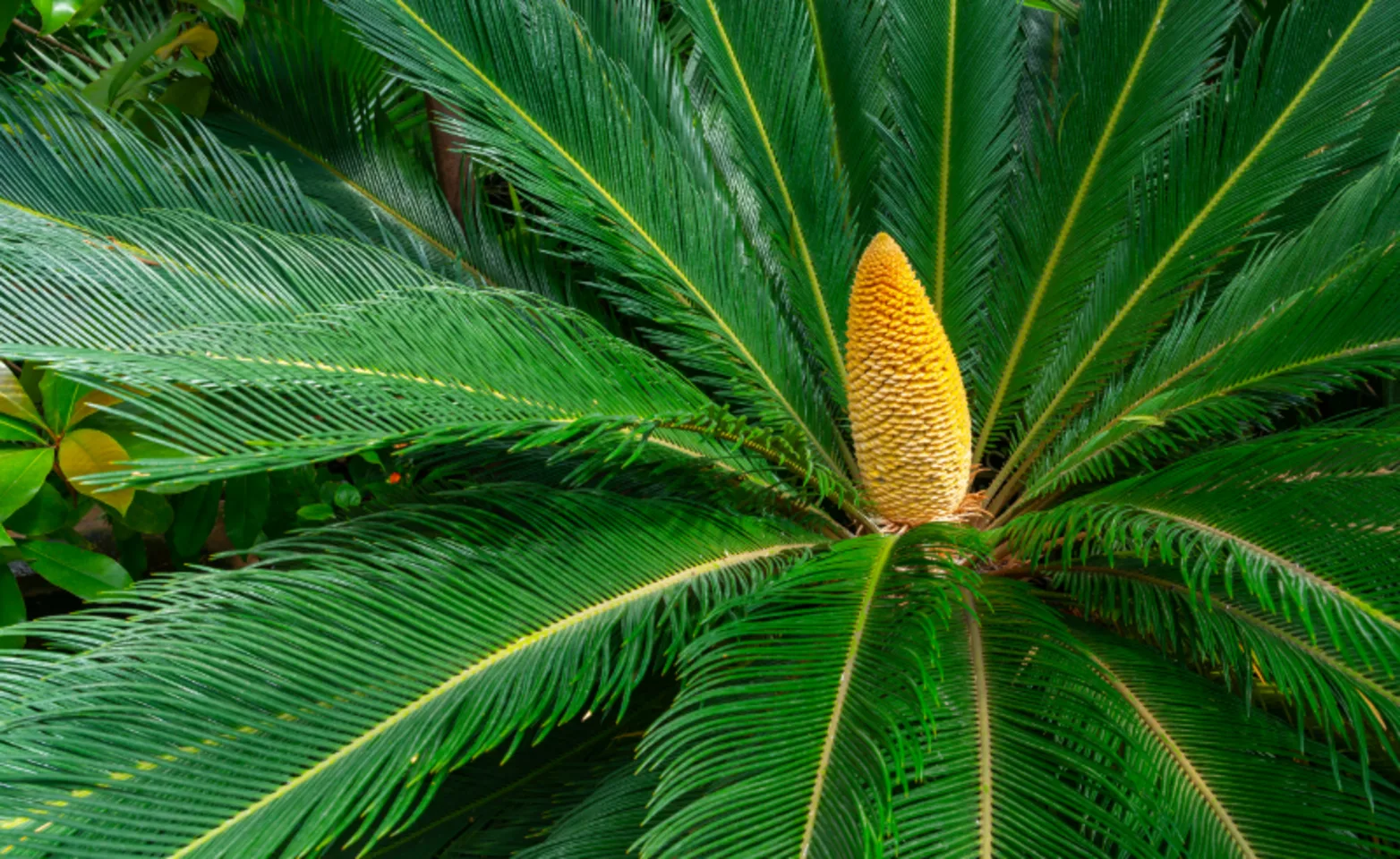Pet Emergency & Referral Center

The Dangers of Sago Palm Ingestion
All parts of the sago palm are toxic, but the seeds and roots contain the highest concentration of the toxic principle, cycasin.
Ingestion of even a small amount, such as one to two seeds, can be fatal to dogs and cats.
Clinical signs of sago palm toxicity include vomiting, diarrhea, decreased appetite, abdominal pain and guarding, lethargy/weakness, jaundice (yellow coloration to eyes, skin, mucous membranes).
Sago palms are toxic to the liver and ultimately result in liver failure which can lead to death.

Early Intervention is Crucial
Seek veterinary attention immediately if ingestion is suspected, even if it's just a suspicion or the type of plant ingested is unknown.
Early decontamination is vital and includes inducing vomiting and administering a toxin binding agent.
Hospitalization for ongoing therapies and monitoring is recommended, as clinical signs may not appear immediately, and the onset of liver failure can be delayed.

Preventing Sago Palm Toxicity
Be aware of sago palm presence in your surroundings, especially if you have pets.
Keep pets away from areas where sago palms are planted, both indoors and outdoors.
If you suspect your pet has ingested any part of a sago palm, contact your veterinarian or a 24-hour veterinary emergency clinic immediately.
Remember: Understanding and awareness are key to protecting our pets from harm. Let's work together to ensure their safety and well-being.
Stay Informed, Stay Safe: Your vigilance can save your pet’s life. Be aware of the signs of sago palm poisoning and act quickly if an encounter occurs.
